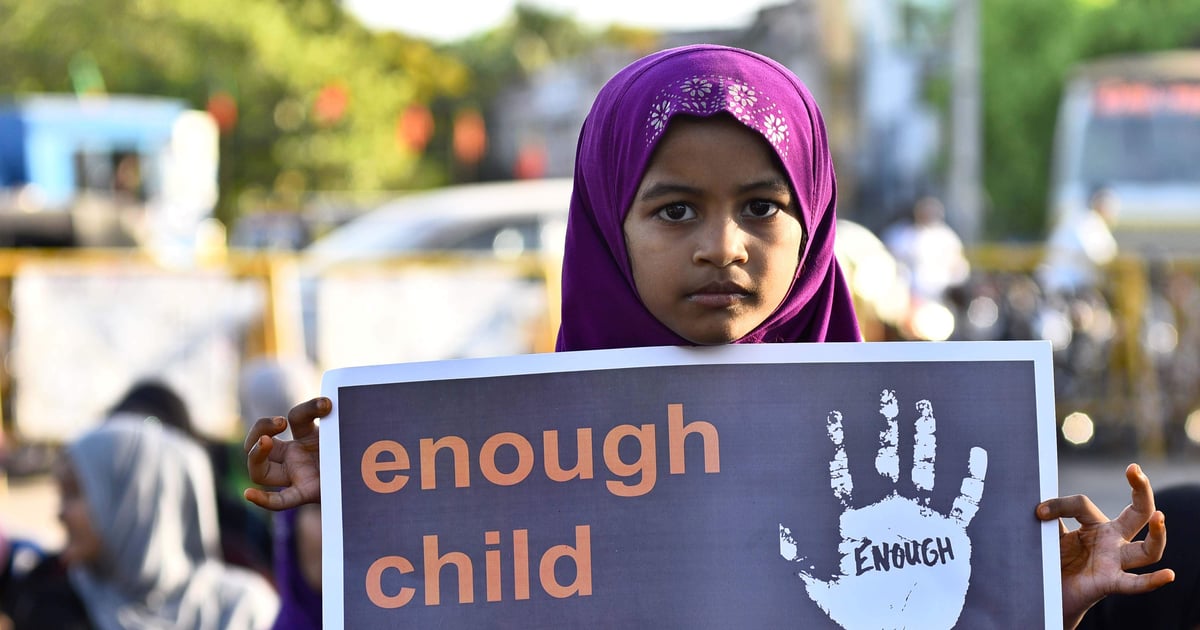KOCHI: The instances of sexual abuse of children in Kerala are on an upward spiral, leaving them unsafe even in schools and homes.
According to a report released by the Kerala State Commission for the Protection of Child Rights recently, 21 per cent of such cases were reported at children’s homes, and four per cent in schools.
The alarming revelations have prompted the state’s child rights panel to raise awareness about child abuse among parents, teachers and police officers.
“Out of 4,663 cases under Protection of Children from Sexual Offences (POCSO) Act analysed, 988 (21 per cent) incidents occurred in the children’s homes, 725 (15 per cent) in the accused’s homes, and 935 (20 per cent) in public places,” it said.
In the report, it was noted that in 173 cases, the crime took place in schools, 139 in vehicles, 146 at various other locations, and 166 incidents in isolated areas.
Additionally, 60 cases were reported in hotels, 72 in friends’ homes, 73 in religious institutions, 16 in hospitals, and eight per cent in childcare institutions.
However, in 791 (17 per cent) cases, information about the crime was not available, the report added.
In 2023, a total of 4663 POCSO cases were reported across Kerala.
According to police data, Thiruvananthapuram district recorded the highest number of cases, while Pathanamthitta district had the lowest, the report said.
Of the 4,663 POCSO cases reported in the year, 4,701 children were survivors, indicating that many cases involved more than one victim.
“This highlights the need to educate children about the POCSO Act and child-friendly procedures, along with providing them self-defense training,” the report stated.
As per the figures, the cases are on the rise as 3,322 cases were reported in 2021 and 4,583 in 2022.
It was 3,616 cases in 2019 and 3030 in 2020.
The Commission found that, out of 4,582 cases analysed during the specified period, involving 5,002 accused individuals, the relationship between the child victims and the accused was categorised as follows: 873 were known to the children, 631 were neighbours, 439 were family members, 435 were relatives, 477 were friends, 692 were romantic partners, 210 were teachers, 305 were strangers, 896 were undocumented or unidentified, and 36 were van, bus, or auto drivers.
